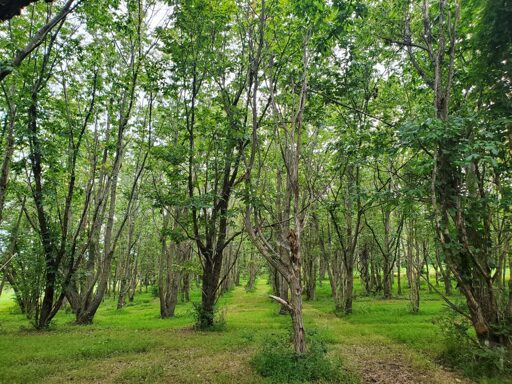cross-posted from: https://slrpnk.net/post/25223247
A Meadowview, Virginia, research center spearheads the effort, and more than a dozen experimental, large-plot plantings on state public lands have not only survived but reached maturity. Lesesne State Forest in Nelson County, for instance, holds about thirty acres of natural, second-growth woods anchored by seventy-foot-tall American chestnut trees that are more than sixty years old—and produce delicious wild nuts that few living people beyond foresters and researchers have ever tasted.
“We don’t go out of our way to advertise this fact,” says Scrivani, “but the public can now hike in and walk through natural groves of healthy [American chestnut trees] and forage for nuts for the first time in nearly a century.”
archived (Wayback Machine)
This is awesome! I had heard about the cross breeding efforts to restore them but didn’t hear whether or not they were successful. Glad they’ve gotten established.
My question is, how much of the ecosystem around American chestnuts survived? Like, did any creatures that rely on chestnuts go extinct, or did they all manage to survive on the blighted trees long enough for these breeding efforts to save them?
did any creatures that rely on chestnuts go extinct
Yes.
https://entomologytoday.org/2024/06/25/american-chestnut-insects-leafminers/
https://en.m.wikipedia.org/wiki/American_chestnut#cite_ref-82
American chestnuts have been gone for like a hundred years.


